Propelled by the need to return to fiscal consolidation path and targeting fiscal deficit as a proportion of GDP at 5.9 percent for the financial year (FY) 2023-24 (against 6.4 percent for FY 2022-23), the Union government is keen to rein in major subsidies. It wants to slash fertilizer subsidies from the likely actual of around Rs 250,000 crore during the current FY to Rs 140,000–150,000 crore during 2023-24.
Does it have measures to deliver? Is it merely banking on a drop in international fertiliser prices?
Fertilizer subsidy is payments made to manufacturers or importers to cover the excess of the cost of production/import and distribution (or cost of supply) over a low maximum retail price (MRP) they are directed by the Union Government to charge from the farmers. The subsidy on each ton of fertilizer produced (or imported) and sold is nothing but the difference between the cost of supply and MRP.
When multiplied by the total quantity of fertilizer sold in a year, it gives aggregate subsidy payments, as reflected in the budget.
Even as fertiliser sales are primarily demand-driven (this in turn, depends on the weather, area sown under different crops, fertilizer use per hectare and so on), the other two crucial factors are MRP and the cost of supply. As for MRP, given the massive political ramifications of any hike and a spate of assembly elections during 2023 followed by general elections in 2024, the government won’t dare to bring about even a small hike, forget a steep jump needed for slashing the subsidy by over Rs 100,000 crore.
As for the cost of supply, India is overwhelmingly dependent on imports. Nearly 50 percent of India’s requirement of di-ammonium phosphate (DAP) is imported, whereas in the case of muriate of potash (MOP), our import dependence is 100 percent. Similarly, all phosphoric acid and the bulk of ammonia (raw materials or RMs used in the making of DAP and other non-urea fertilisers) are imported. About one-third of the urea demand is imported. Even for the balance of two-thirds supplied domestically, India depends on the import of natural gas (NG) for at least 1/3rd of its requirement.
Of the total potash imports, India draws close to 50 percent from Russia and Belarus. Russia, Belarus and Ukraine together account for 20 percent of our phosphoric acid imports. Additionally, India gets around 15 percent of its ammonia imports from Russia which also supplies 10 percent of our NG imports. Nearly 60 percent of Indian DAP imports come from China and Saudi Arabia.
In the case of urea, over one-third of Indian imports come from China. The war following military action by Russia and sanctions imposed on it by European countries and the USA has resulted in disruption in supplies from the region and a steep increase in price of both fertilisers as well as RMs used in their production. All of these cost escalations were absorbed by the Centre by increasing subsidies during 2022-23 even as MRPs of all fertilisers were kept unchanged.
Given the unfolding geo-political and military situation with NATO countries getting increasingly entangled in the conflict and Russia and Ukraine showing no sign of scaling down hostilities (forget ending), there seems to be no end to the war at least till the end of 2023.
Therefore, any relief from the current tight global supply and elevated fertiliser prices is highly unlikely. The government has been trying to diversify sources of supply, for instance, buying more of MOP from Canada, Israel, Jordan, etc., or more of DAP from Saudi Arabia and Morocco. But, these efforts have only helped in ensuring adequate supplies but not much relief in securing lower prices.
Meanwhile, Chemicals and Fertiliser Minister Mansukh Mandaviya has led delegations to major supplier countries seeking long-term agreements. These are welcome moves but the timing isn’t apt. When the global supply-demand scenario is tight, India is unlikely to secure good price deals, notwithstanding some concession over the prevailing high price in lieu of our committing to buy long-term.
In regard to NG, the government is working on a couple of initiatives such as “incentivizing companies that contract fuel at better prices”, idea of an aggregator for procuring the fuel on behalf of fertilizer producers and buying NG from gas exchanges.
Since 2015, the Centre has been running a system of pooling NG to supply all urea plants connected to a national grid at a uniform delivered price (UDP).
Even as individual units pay as per their respective weighted average delivered cost, the pool operator, viz. GAIL India Limited, notifies the UDP at the beginning of every month. A unit that pays less than UDP has to deposit the differential amount with the pool, whereas another unit that pays more gets the difference from the pool.
Under the scheme, the ability of a urea manufacturer to purchase gas at a lower price is not rewarded, just as there is no disincentive for others who buy at a higher price. Hence, any talk of “incentivising companies that contract fuel at better prices” is laughable.
The idea of an aggregator procuring fuel on behalf of Indian fertiliser producers is appealing as consolidation of demand enhances the negotiating power with global suppliers. But then, GAIL India Limited, in coordination with the Department of Fertilisers (DoF), is already doing this by assessing the deficit in supply from existing sources vis-à-vis the projected demand and importing LNG to plug it.
Buying NG from gas exchanges won’t help either. This is because the quantity traded at the exchange is miniscule. The government is also pinning hopes on Nano liquid urea or urea in the form of nanoparticles. It provides nitrogen to plants in liquid form as an alternative to conventional urea. A 500ml bottle of nano urea is equivalent to a 45kg bag of conventional urea. While, selling the latter for Rs 242 requires subsidy support of Rs 2,758, the former is available to farmers at the same price sans subsidy.
A 45kg bag of conventional urea contains 46 percent ‘N’ or 20 kg (45×0.46), whereas a 500ml bottle of nano urea has 4 percent ‘N’ or 20 grams (500x.04). Yet, the two are treated as equal. Can a mere 20 grams in nano urea deliver what 20 kg in conventional urea does? Nano urea could solve India’s fertiliser subsidy conundrum if only miracles happen!
To conclude, the initiatives taken by the Government are unlikely to make a dent on subsidy on the desired scale. An outgo of Rs 140,000 crore-150,000 crore during 2023-24 seems to be beyond reach. During 2020-21, the budget estimate (BE) for fertilizer subsidy was Rs 70,000 crore but the actual was Rs 138,000 crore. During 2021-22, BE was Rs 80,000 crore but the actual was Rs 162,000 crore. For 2022-23, BE was Rs 105,000 crore but the actual is likely to be Rs 250,000 crore. If for 2023-24, the finance minister keeps BE at Rs 140,000-150,000 crore, we will only see a repeat of the past.
India can break away from this trend only if the Government pursues major reforms such as urea decontrol and direct benefit transfer (DBT) of subsidy, which can force suppliers to cut costs, stop leakages, and farmers to improve fertilizer efficiency.
ALAS! None of these is on the radar.
Article Courtesy The Pioneer: (Uttam Gupta: The author is a policy analyst)







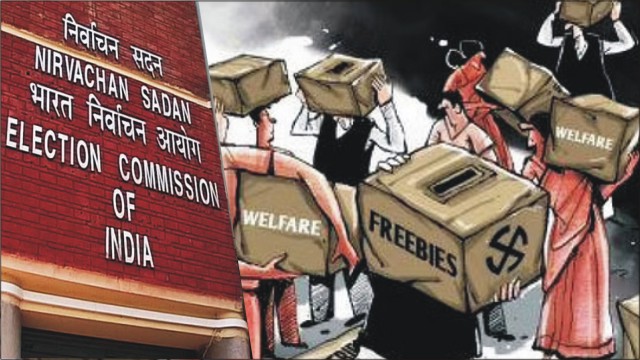
 OpinionExpress.In
OpinionExpress.In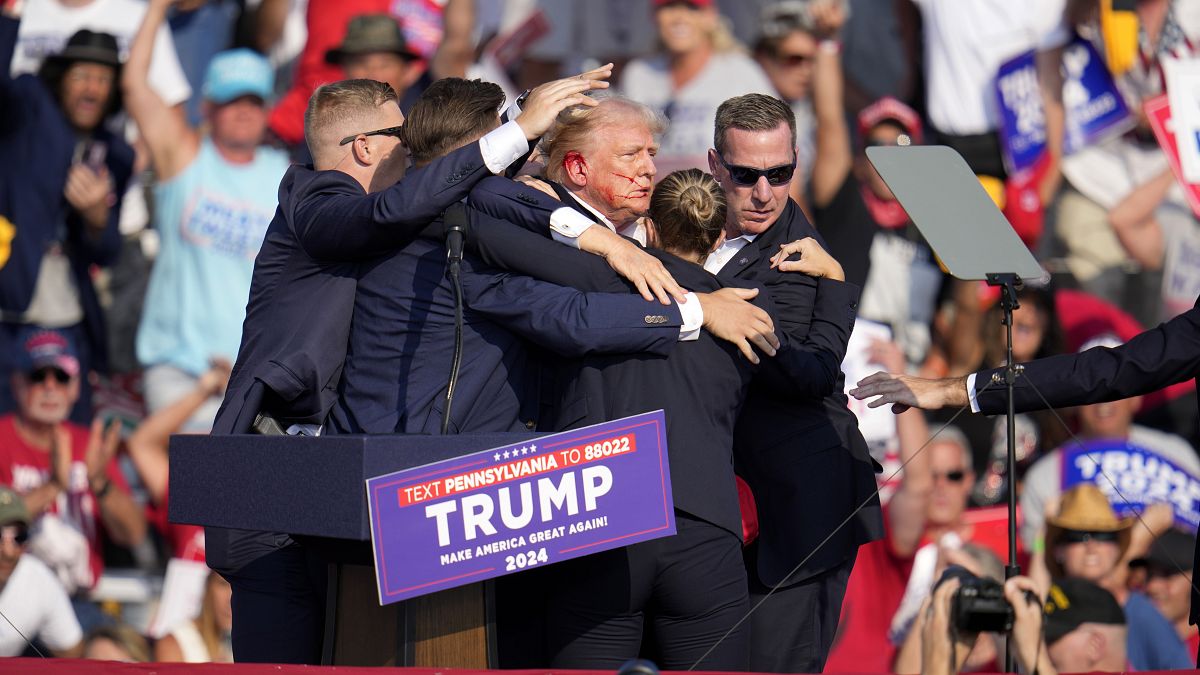
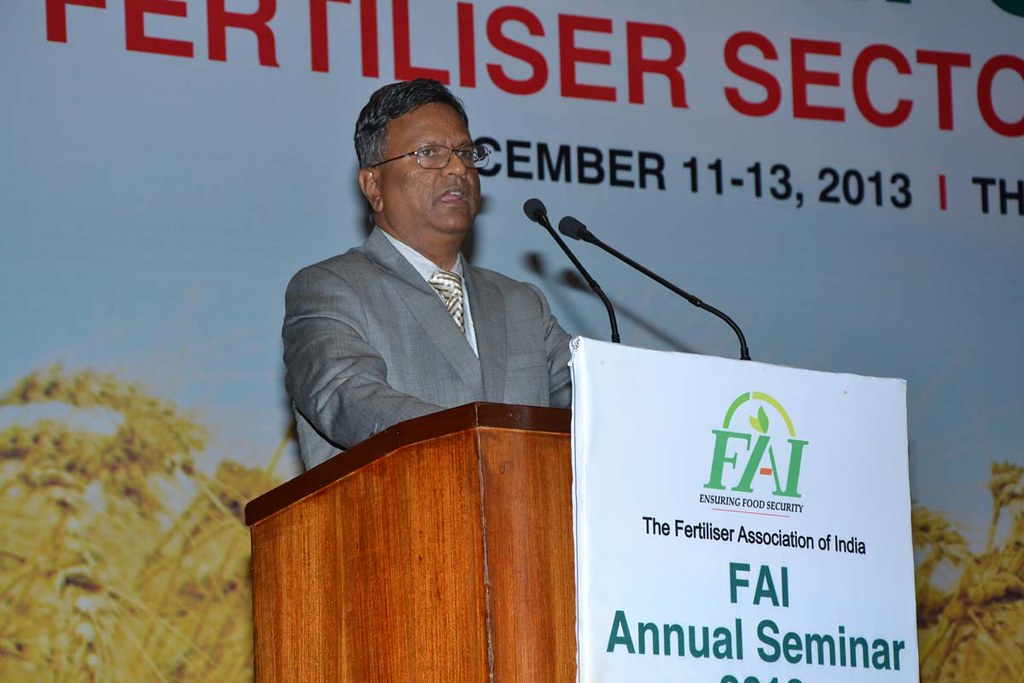
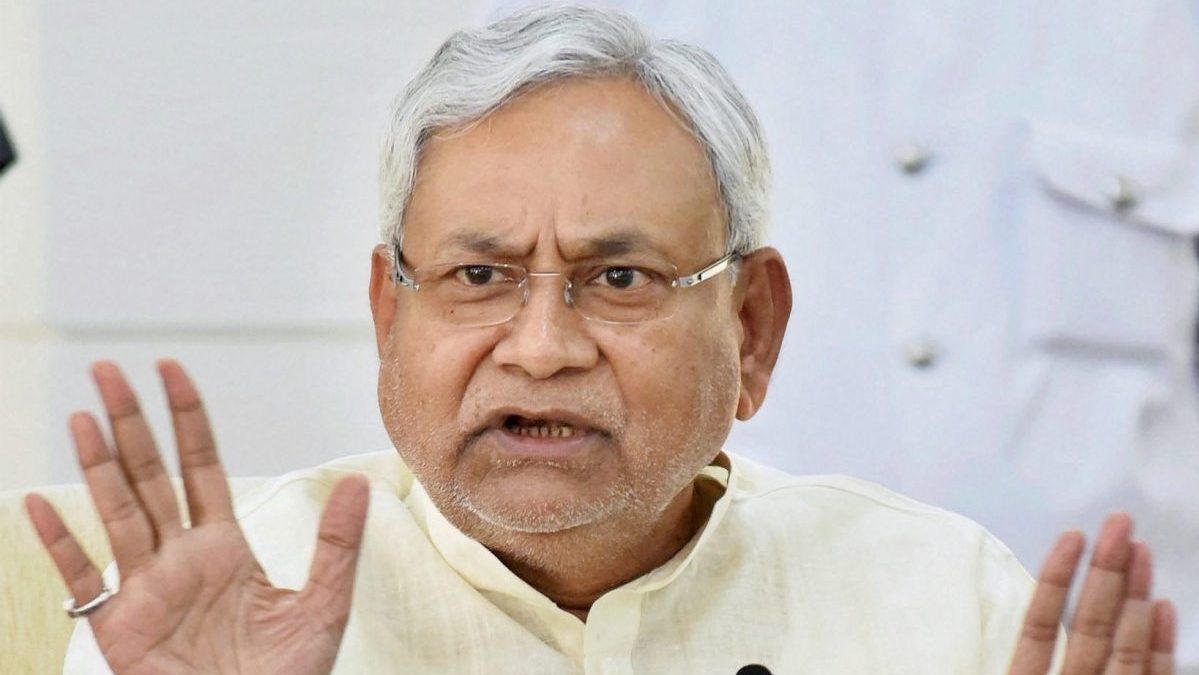
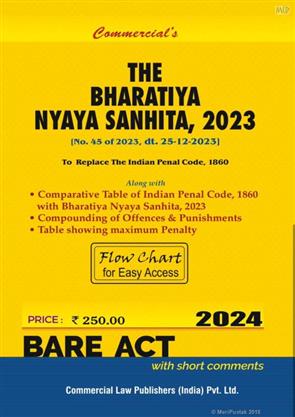

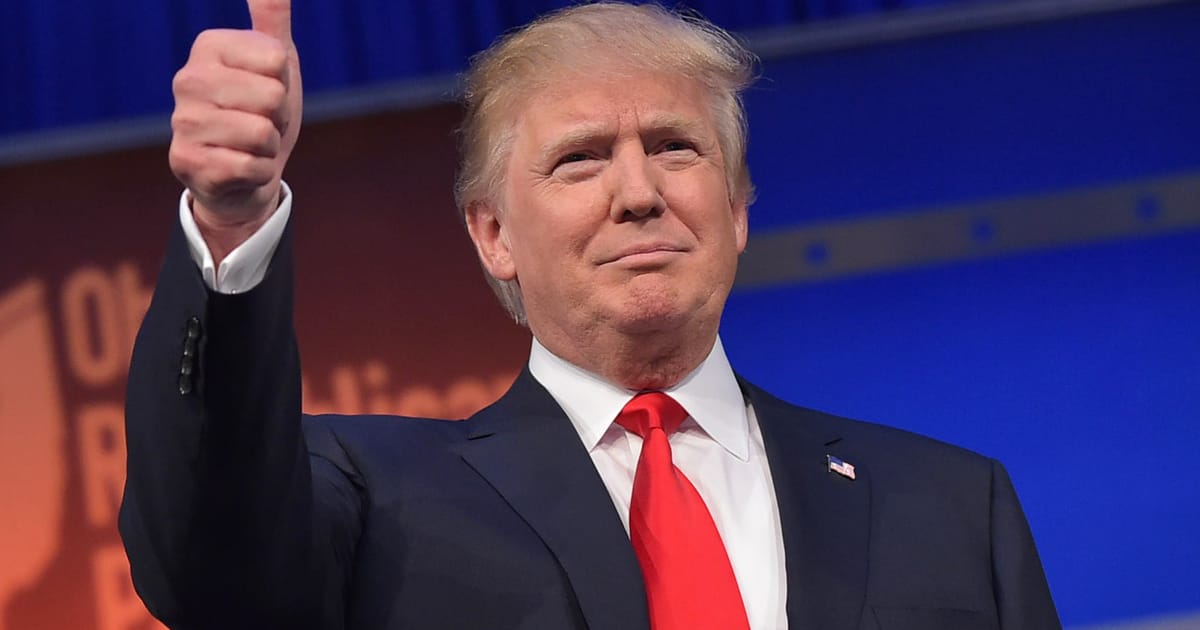
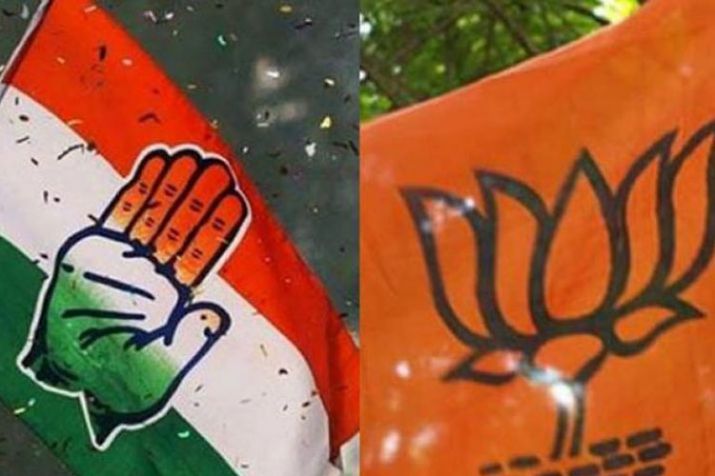
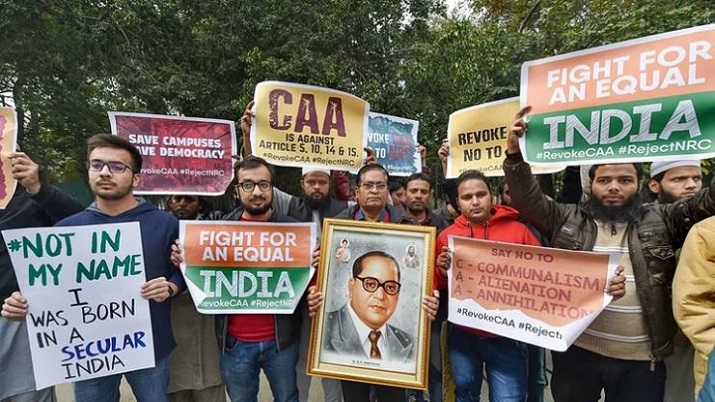
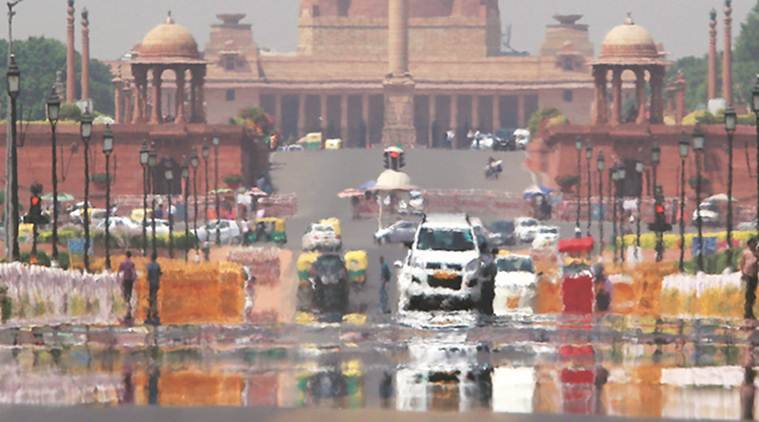
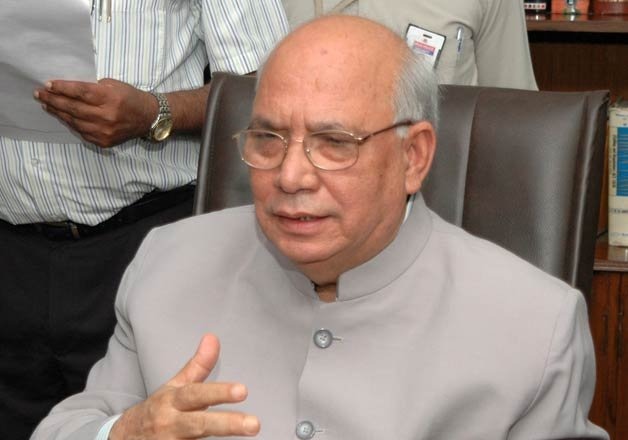






Comments (0)